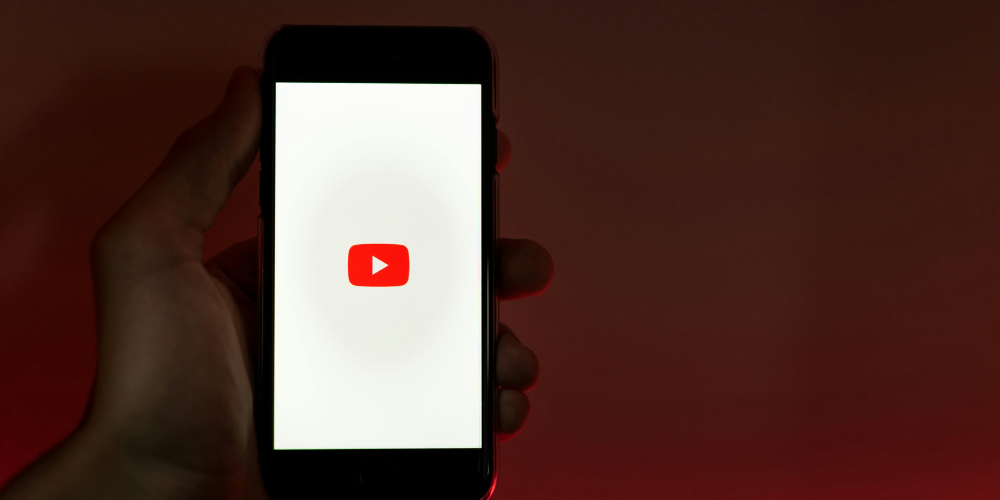
The digital environment is in constant flux, with platforms regularly refining their policies to align with emerging standards and user welfare. A significant pivot is observed as YouTube, the colossal video-sharing platform, revises its stance on firearm-related content. The fresh set of restrictions fortifying the pre-existing guidelines signals YouTube's dedication to cultivating a secure online space and navigates the delicate interplay between freedom of expression and the need for safety measures. This article delves into the updates and the ramifications for digital content creators and viewers alike.
YouTube is at the forefront of global content sharing, making it imperative for the platform to set policies that maintain a balance between diverse content creation and public safety. The latest reinforcement in the platform's regulation pertains notably to firearm-focused content, which is anticipated to undergo a substantial transformation. No longer will users find tutorials guiding the alteration or deactivation of firearm safety mechanisms, as such topics fall under the categorical prohibition. Additionally, to access any content related to firearms that remains within permitted boundaries, one must be of legal adult age—a clear shift towards a tight-knit control on age-appropriate viewership.
With the changes slated to take effect in the middle of 2024, content creators are on the clock to adapt to the impending framework. While YouTube seeks to clearly demarcate the red lines with a detailed exposition available on its support page, it acknowledges the grey areas that might still exist. Creators navigating these turbulent waters are advised to err on the side of caution, considering the steep penalties awaiting those who transgress. The penalty system operates on a stringent 'three strikes' rule: a warning followed by a series of strikes resulting in potential channel deactivation.
However, YouTube concedes to certain exemptions. Videos encompassing use or depiction of firearms within specific contexts, such as cinematic productions, video games, journalistic reporting, or artistic pieces, remain unaffected by the new guidelines—offering some solace to creators in these areas.
YouTube’s introduction of more robust measures targeting firearm-related content underscores the dynamic nature of content moderation in the digital era. As the platform charts a cautious path that honors both responsibility and creative expression, users and content makers must stay well-informed and agile to align with these evolving standards. The changes aim not only to safeguard the community but also to trigger a broader discourse on the responsibility that comes with the powerful tool of media creation. As the clock ticks towards the implementation of these fresh policies, the YouTube community stands at the precipice of a more vigilant, albeit potentially controversial, age of content regulation.